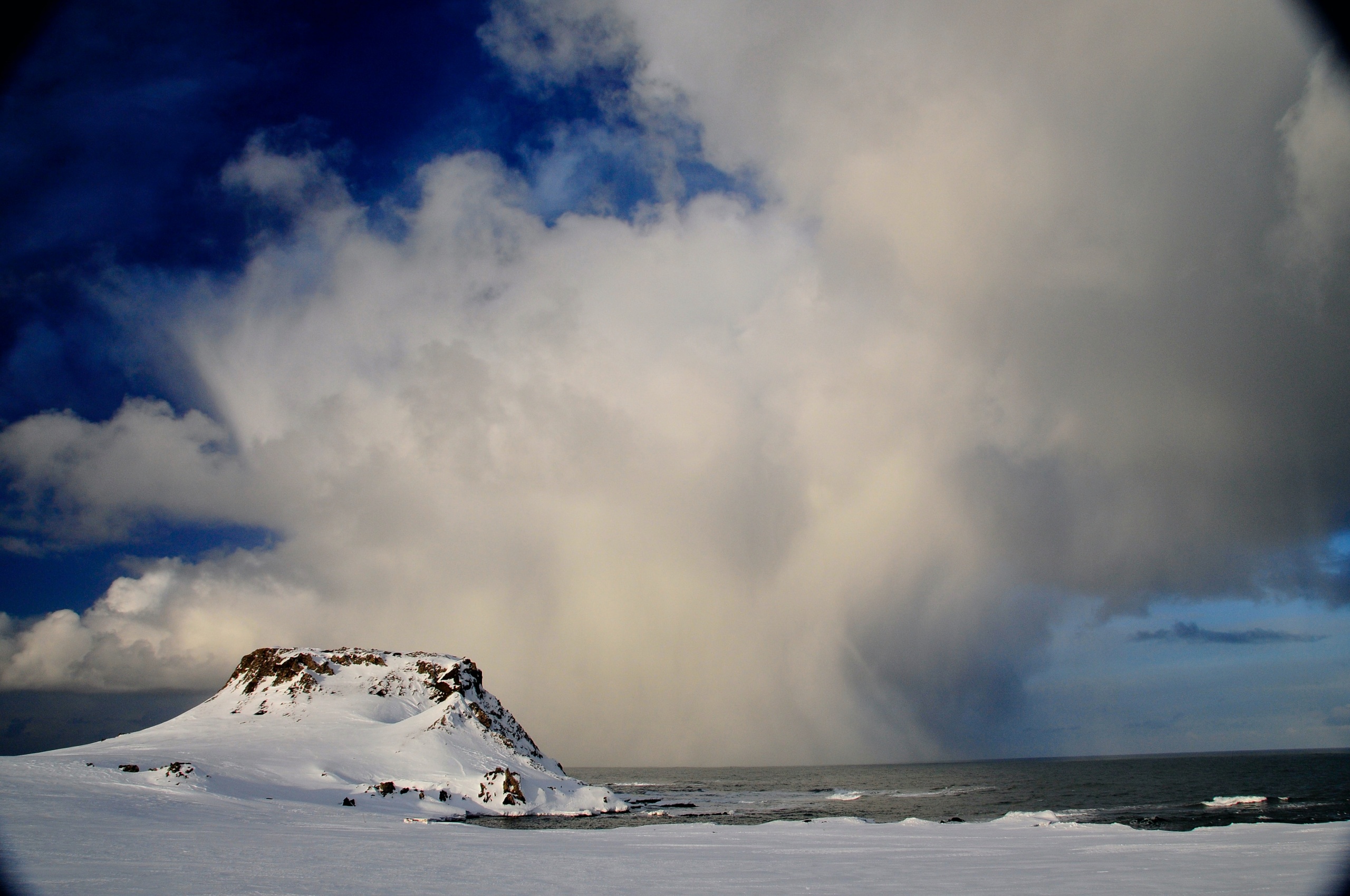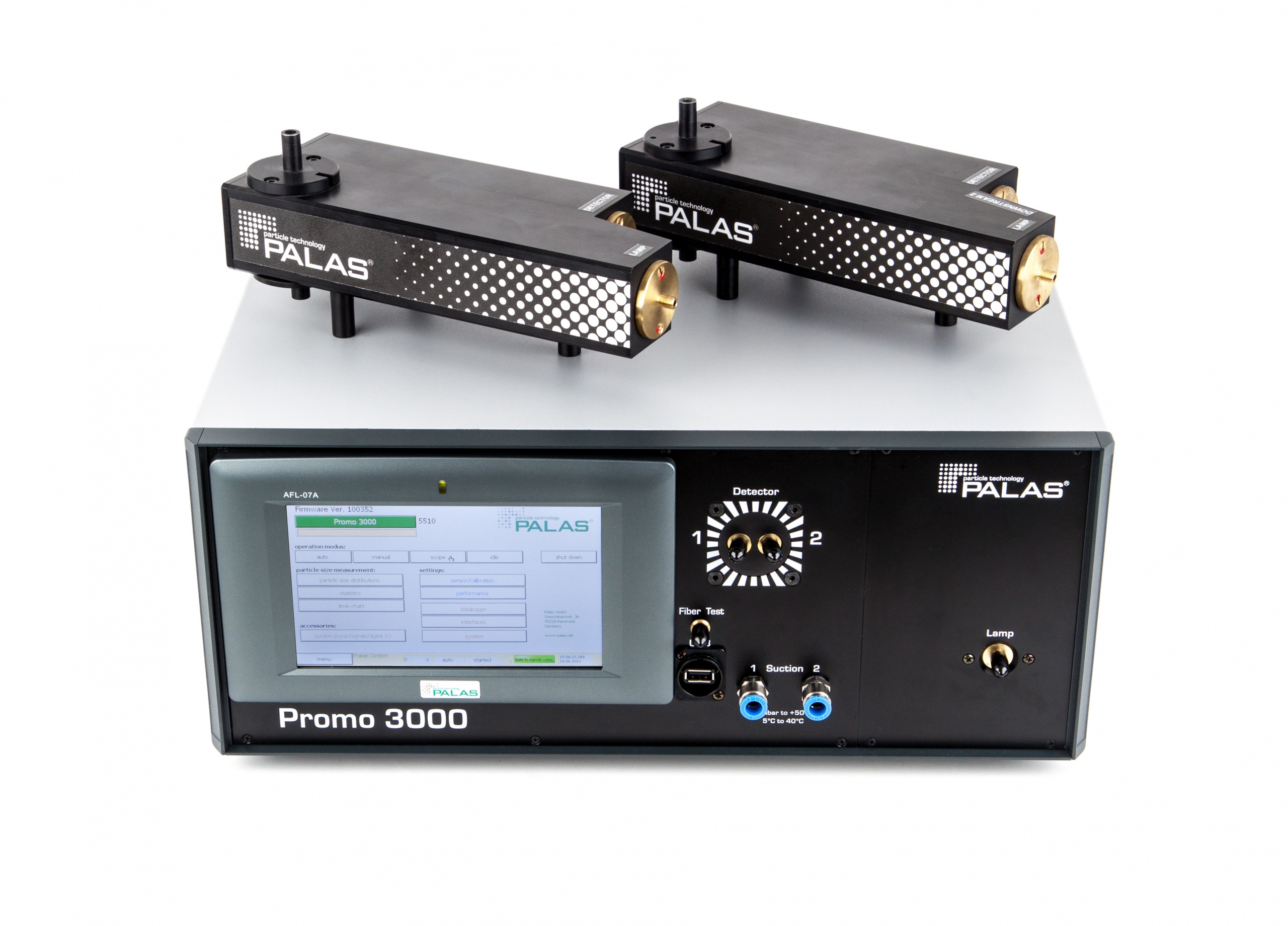As an atmospheric science, Meteorology plays a crucial part in weather forecasting, helping us to predict rain, snow, thunderstorms, hurricanes or typhoons. This affects our lives in many aspects. Most people do not know, that the weather is also influenced by environmental and pollution emissions. The reason: Emissions from anthropogenic and biogenic sources lead to new particles by oxidizing of volatile organic components and formation of secondary organic aerosols (SOA). This affects the formation of clouds in the atmosphere which influences the weather. Therefore, to better understand and predict weather conditions, emission and the process of particle formation need to be measured more precisely. With its advanced aerosol measurement technology, Palas® plays a vital role here, being the preferred choice for many research institutions.

Emission Measurement and Meteorological Measurement: Two Different Things.
Emission measurement and meteorological measurement use similar a technology for continuous measurement of particle concentrations and size, but tuned to fit the purpose.
The main purpose of emission measurement is to measure the emission of components which are supposed to be harmful or affecting the biosphere directly and indirectly. Measurements typically follow local regulations and standards which define thresholds or technologies for the measurement of certain components typically averaged over a time period.

The main purpose of meteorological measurements is to measure or monitor continuously to obtain data for scientific purposes or forecasting. There are no local/legal regulations need to be followed. Data is gathered on a worldwide basis, highly standardized to form models which lead to better predictions and understanding.
Particle Measurement Technology Provided by Palas®
Particle measurement in meteorology is widely done in scientific research but also in the real world. Particles in the atmosphere influences the climate and the biosphere. Therefore,
measurements play a major role in the understanding of new particle formation and cloud condensation processes in the atmosphere. Palas® as a manufacturer is well established in both areas and can provide either technology and scientific support to scientists and customers.

Palas® particle size spectrometer detects the particle size distribution of aerosols and assists in meteorological research on the effects of aerosols on cloud condensation nuclei, rain droplets, ice crystal formation, and precipitation and rainfall. Thanks to the high time resolution of the Palas® particle continuous automatic monitoring system, meteorological observers can also observe and forecast the formation of sand and dust storms and visibility predictions.
Palas® is a leader in monitoring the particulate matter industry, and its particle sizing technology provides different measurement solutions for continuous measurement of particle size and distribution. Palas® optical particle analyzers range in size from 100nm to 100 μm, including instruments such as the Promo® system, the Cloud Droplet Analyzer, and the AQ Guard system. Instruments from Palas® are used rationally and to their advantages in all industries.

How Solutions from Palas® Support Scientists
Beijing Weather Modification Office
Palas® Promo® 2000 system is used by the Beijing Weather Modification Office for Cloud-In-Situ measurement and simulation in cloud chambers. The purpose of this office is to understand cloud formation processes in real world by simulation of measured conditions, the cloud condensation nuclei ability. Whether the stimulation is occurring at the high altitude, high concentrations, or under low temperatures and pressures, Promo® 2000 are able to work stably and accurately in order to help the researchers to distinguish in between ice crystals and water droplets.

ACTRIS Observatory in Austria
Palas® Promo® 3000 has been used at the ACTRIS Observatory in Austria. The Observatory needs to distinguish between real particles, ice droplets, and droplets in the atmosphere over a wide range of altitudes. Palas® Promo® 3000 helps the observatory continuously measure particle size distribution and concentration, as well as both dry and wet particles.

Karlsruhe Institute of Technology
Palas® Cloud Drop Analyzer helps complete the Cloud-In-Situ measurements and simulations at the AIDA facility in Karlsruhe Institute of Technology in Germany. The AIDA facility focuses on high resolution measurement of particle size distribution and concentration inside AIDA Cloud Chamber under real changing atmospheric conditions, also, to distinguish in between water and ice particles at very low concentrations. In order to understand the cloud formation processes in real world by simulation of measured conditions, Palas® provided a customized optical sensor with 5L per minutes, maximum count of 200p per cm3, and particle sizes up to 240μm.

Palas® China will participate in the China High-Tech Expo on Meteorological Modernization 2021 at the Shenzhen Convention and Exhibition Center form May 20th to 22nd, 2021. Palas® will bring a variety of instruments to the exhibition, including advanced nano-particle measurement system SMPS scanning mobility particle size spectrometer, aerosol spectrometer system Fidas® 200 series, and air quality monitor AQ Guard series. You are more than welcome to come and visit, Palas® will look forward to your arrival at the 3L38 booth!

